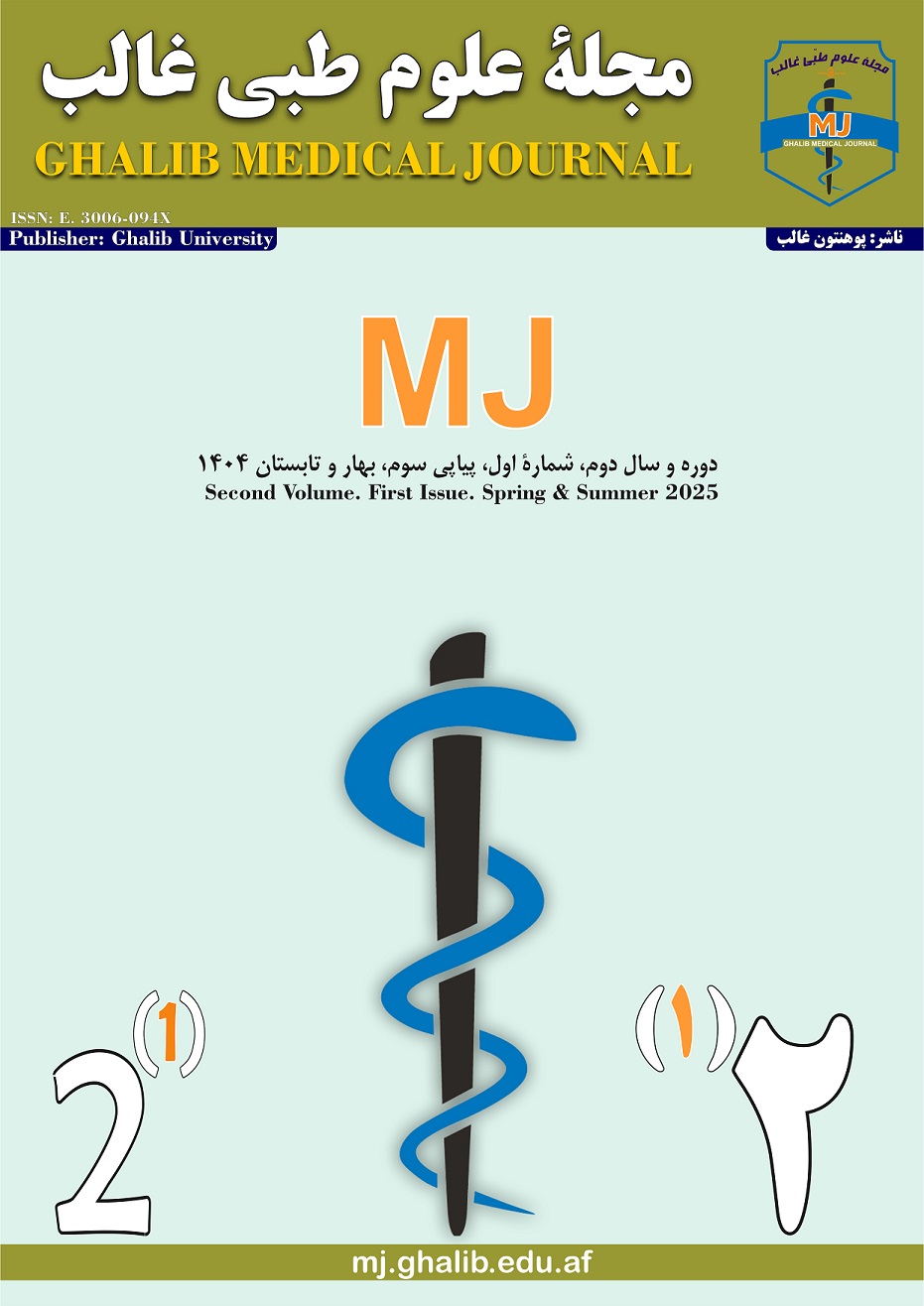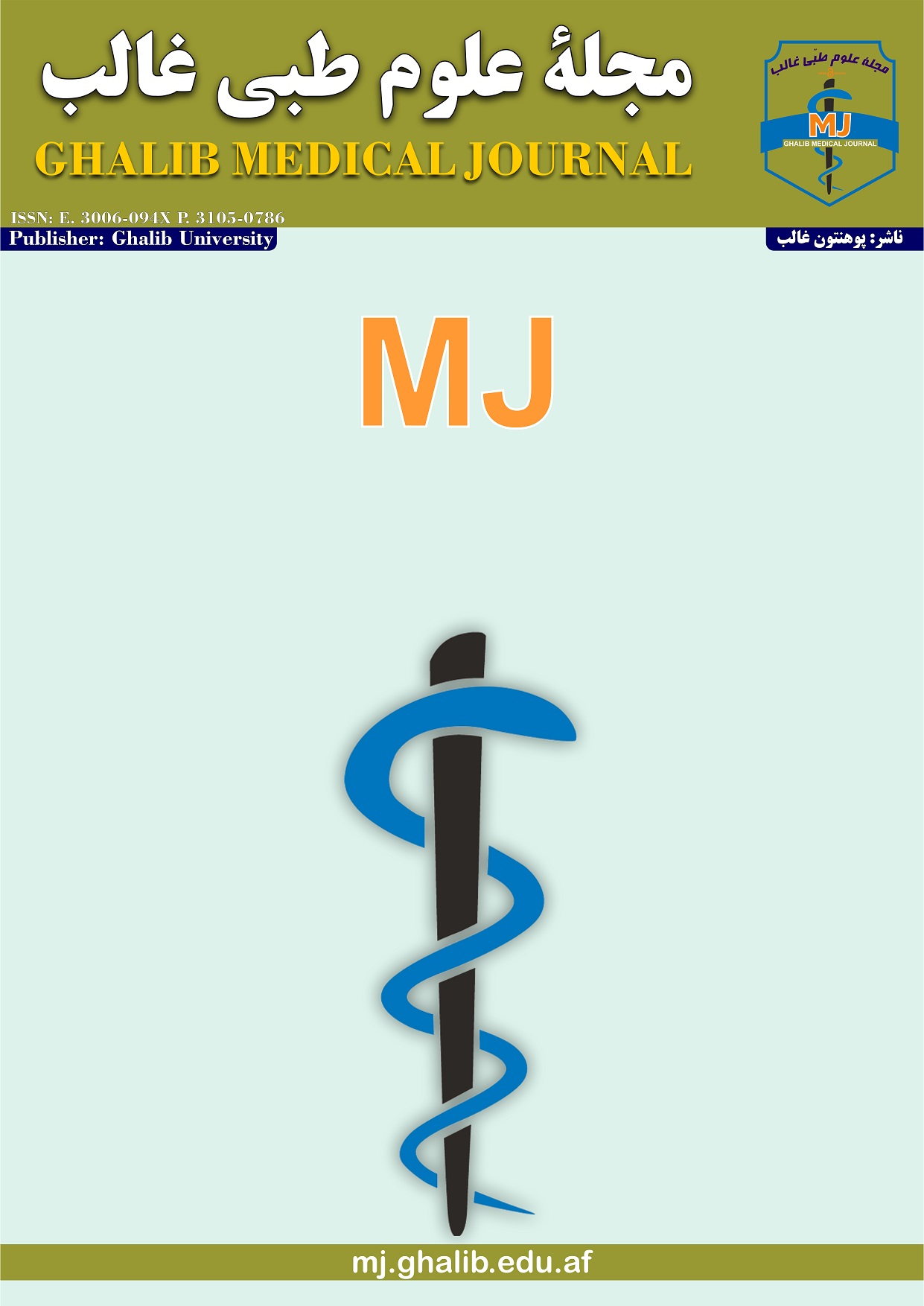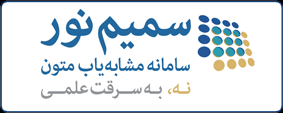The impact of aggressive behavior and addictive substance use on traffic accidents among young drivers
DOI:
https://doi.org/10.58342/ghalibMj.V.2.I.1.11Keywords:
Road accidents, aggressive behavior, substance abuse, road safety, young driversAbstract
Background: Traffic accidents are a leading cause of death and disability in developed and developing societies. Aggressive behavior and drug use are among the factors contributing to the increase in road accidents, especially among young drivers. This study examines the impact of these factors on the incidence of traffic accidents.
Methods: This study used a descriptive-analytical method and library resources. Previous studies and official reports provided data on the impact of aggressive behavior and substance use on traffic accidents.
Results: Studies have shown that young drivers with aggressive behaviors, including high-speed driving, unauthorized overtaking, and ignoring traffic rules, are exposed to road accidents due to youthful excitement. Also, the use of drugs, such as cannabis and psychotropic substances, leads to reduced concentration, increased reaction time, and impaired motor coordination, and increases the risk of road accidents. Combining these two risk factors significantly increases the likelihood of traffic accidents.
Conclusion: Aggressive behavior and drug use are key factors in the increase in traffic accidents among young drivers. It is suggested that preventive measures, including relevant training, stricter traffic laws, monitoring drug use, and improving road infrastructure, be implemented to reduce these risks.
References
Ya'ghoobi H. The role of human factors in car accidents in Iran. Iran J Psychiatry Clin Psycho 2000; 6(1): 60-7. [In Persian].
Kheirabadi G, Bolhari J. Interventional approaches in order to reduce injuries from car ccidents. Sci J Rescue Relief 2011; 3(1-2): 48-59. [In Persian].
Soori H, Ainy E, Movahedinejad AA, Mahfozphoor S, Movahedi M, Rezazadeh Azari M, et al. A Practical model of political mapping in road traffic injury in Iran in 2008. Hakim Health Sys Res 2009; 12(3): 1-9. [In Persian].
Peden M, Scurfield R, Sleet D, Mohan D, Hyder AA, Jarawan E, et al. World report on road traffic injury prevention. Geneva, Switzerland: World Health Organization; 2004.
Shafiei Moghaddam P. Instructions operational standards meet physical and mental health (medical eligibility) of driving license applicants. Proceedings of the 3rd Regional Conference of Traffic Management; 2006 Oct 26-27; Tehran, Iran. [In Persian].
Haghayegh A, Oreyzi H R. Relation of aggression types according to Karen Horney's Theory with negative and positive driving behaviors and accidents. Iran J Psychiatry Clin Psychol 2009; 15(1): 81-5. [In Persian].
Sadock BJ, Sadock VA, Ruiz P, Kaplan HI. Kaplan and Sadock's comprehensive textbook of psychiatry. 9th ed. Philadelphia, PA: Lippincott Williams and Wilkins; 2009. p. 1369, 2579-80.
Sadock BJ, Sadock VA, Ruiz P, Kaplan HI. Kaplan and Sadock's comprehensive textbook of psychiatry. 10th ed. Philadelphia, PA: Lippincott Williams and Wilkins; 2017.
Owsley C, McGwin G, Jr., McNeal SF. Impact of impulsiveness, venturesomeness, and empathy on driving by older adults. J Safety Res 2003; 34(4): 353-9.
Mousavi SG, Mousavi H. Psychiatric emergencies for psychiatry residents. 1st ed. Isfahan, Iran: Isfahan University of Medical Sciences; 2010. [In Persian].
Buss AH, Perry M. The Aggression Questionnaire. J Pers Soc Psychol 1992; 63(3): 452-9.
https://www.bbc.com/persian/articles/cq5gq93l3v5o.
Bernhoft, I.M. (2005). Drugs, alcohol and traffic safety. A synthesis of results. Report Number D-R4.6, Danish Transport Research Institute.
Raemaekers J.G. & Kuypers K.P.C. (2004). A placebo controlled study on the effects of 3,4methylenedioxymethamphetamine (MDMA) 75 mg and methylphenidate 20 mg on actual driving performance, visuospatial attention and memory during intoxication and withdrawal. Chapter 2 In: Raemaekers JG (Ed.), Experimental studies on the effects of licit and illicit C drugs on driving performance, psychomotor skills and cognitive function. IMMORTAL Report D-R4.4. www.immortal.or.at.
Tabibi, Z. (2015). Comparing aberrant driving behavior among addicted, under-treatment with Metadon and healthy drivers. The 15th international conference on Traffic and transportation engineering, Tehran. (in Persian)
Reason, J., Manstead, A., Stradling, S. Baxter, J., Campbell, K. (1990). Errors and violations on the roads: a real distinction? Ergonomics, 33, 10 & 11, 1315 – 1332.
Özkan, T., Lajunen, T. Chliaoutakis, J., Parker D., Summalaa, H. (2006). Cross-cultural differences in driving skills: A comparison of six countries, Accident Analysis and Prevention, 38, 1011-1018.











